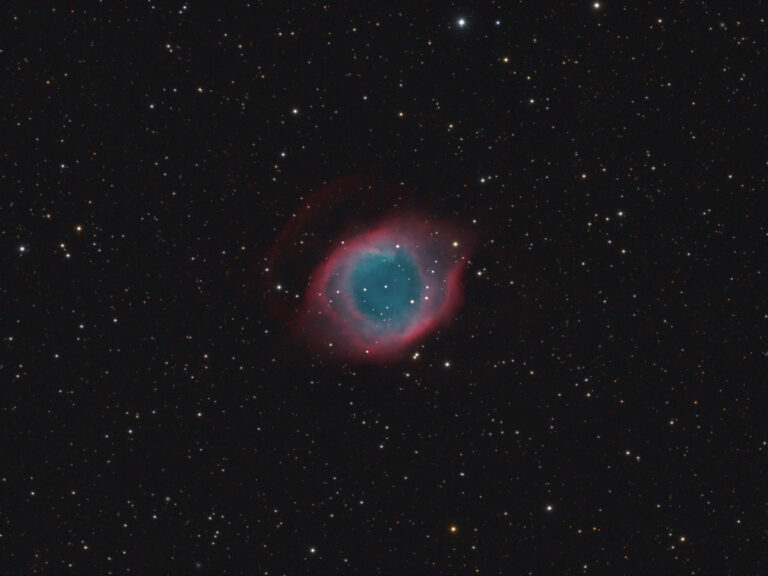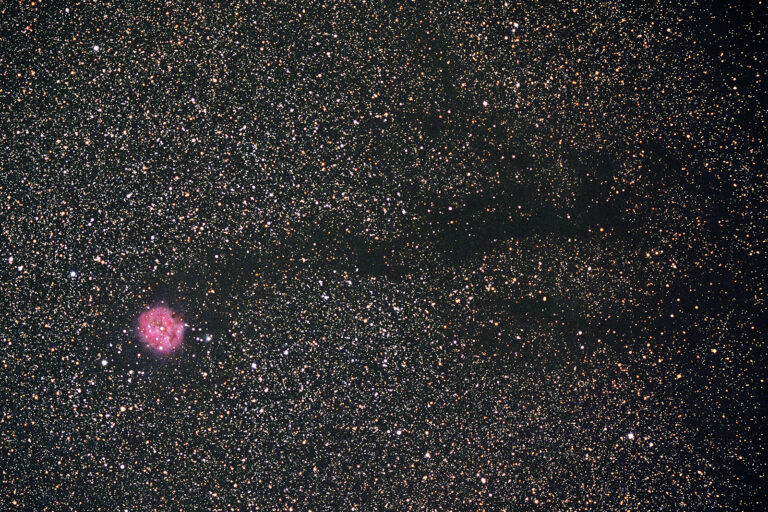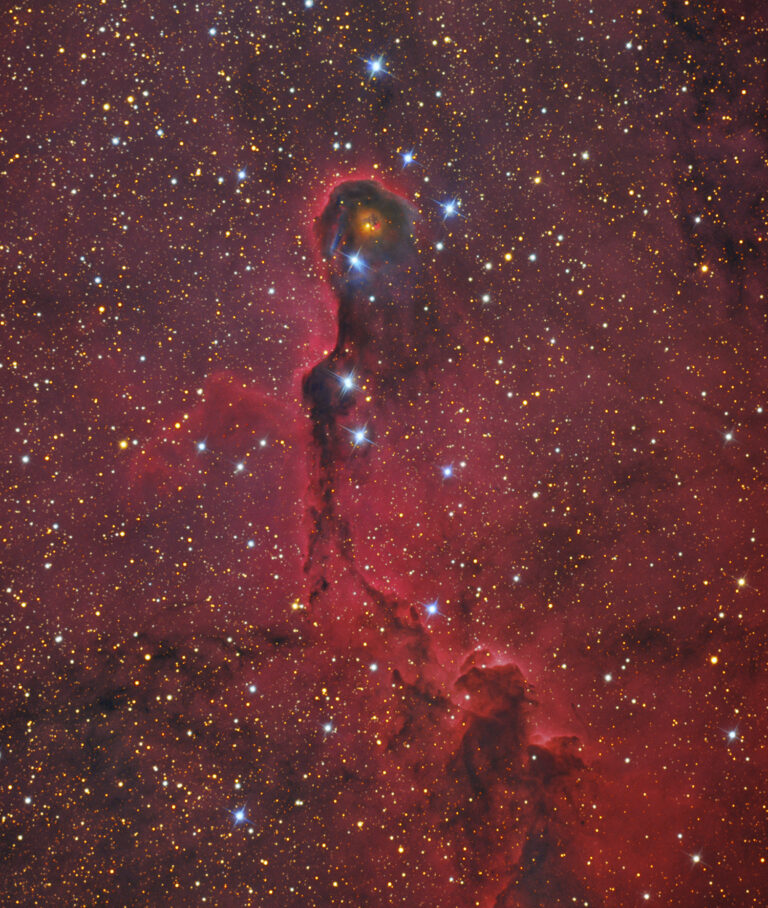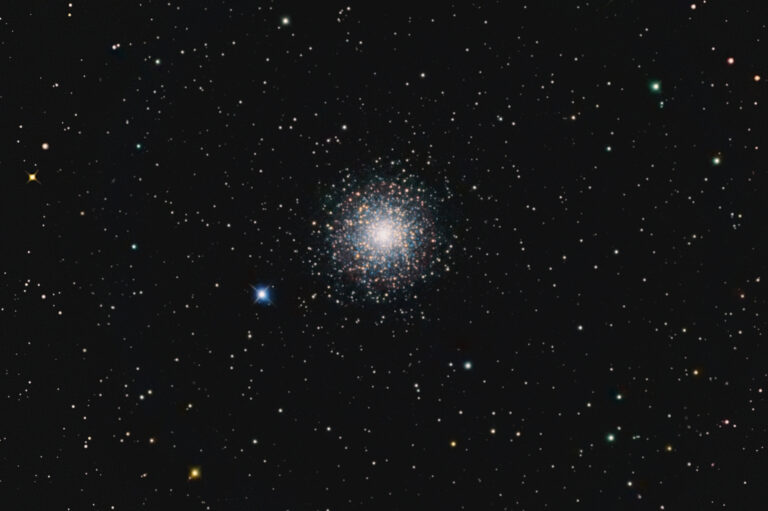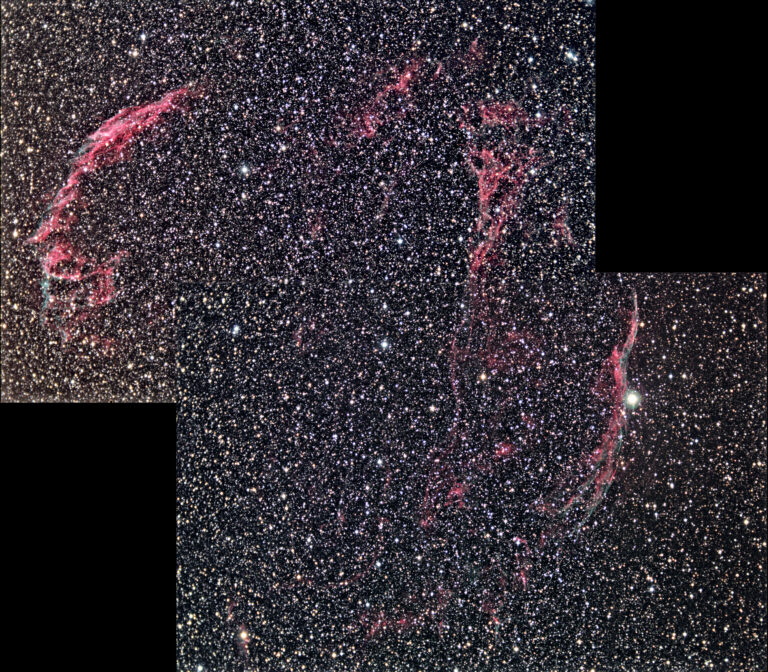
Key Takeaways:
- Planetary nebulae are not planets, but are named for their appearance through early telescopes.
- Our Sun will become a white dwarf star surrounded by a planetary nebula in the distant future.
- The Owl Nebula (M97) is a well-known example, showing multiple expanding shells of gas.
- Planetary nebulae are relatively faint, expand over tens of thousands of years, and eventually fade away.
Planetary nebulae have nothing to do with planets. They simply appeared kinda like planets in telescopes long ago, their glowing disks suggesting a name that linked them to actual planetary disks.
The summer sky is filled with planetary nebulae, and these objects give us a look at our solar system’s future. Some 6 billion years from now our Sun will transform into a white dwarf star and a planetary nebulae envelope, long after life on Earth is gone.
The Owl Nebula, lying in our sky below the bowl of the Big Dipper, is a great example. Catalogued as Messier 97, the Owl is a bright planetary named for its two dark “eyes,” and it consists of three distinct shells. The asymmetry of the inner shell, with a barrel-like structure tipped 45° to our line of sight, creates the owl-like appearance.
Although this nebula is relatively bright at magnitude 9.9, it has a relatively low surface brightness. That is, small parts of it appear pretty dim. The Owl Nebula spans 3.4′ and lies some 2,800 light-years away. It is some 8,000 years old, and so will expand for years to come, as most planetaries grow for about 50,000 years before vanishing into the interstellar medium. M97 is 2 light-years across and holds about 0.13 solar masses of material.
Enjoy this owl that lurks in the northern sky and it will open doors to viewing other planetary nebulae scattered across the sky.



